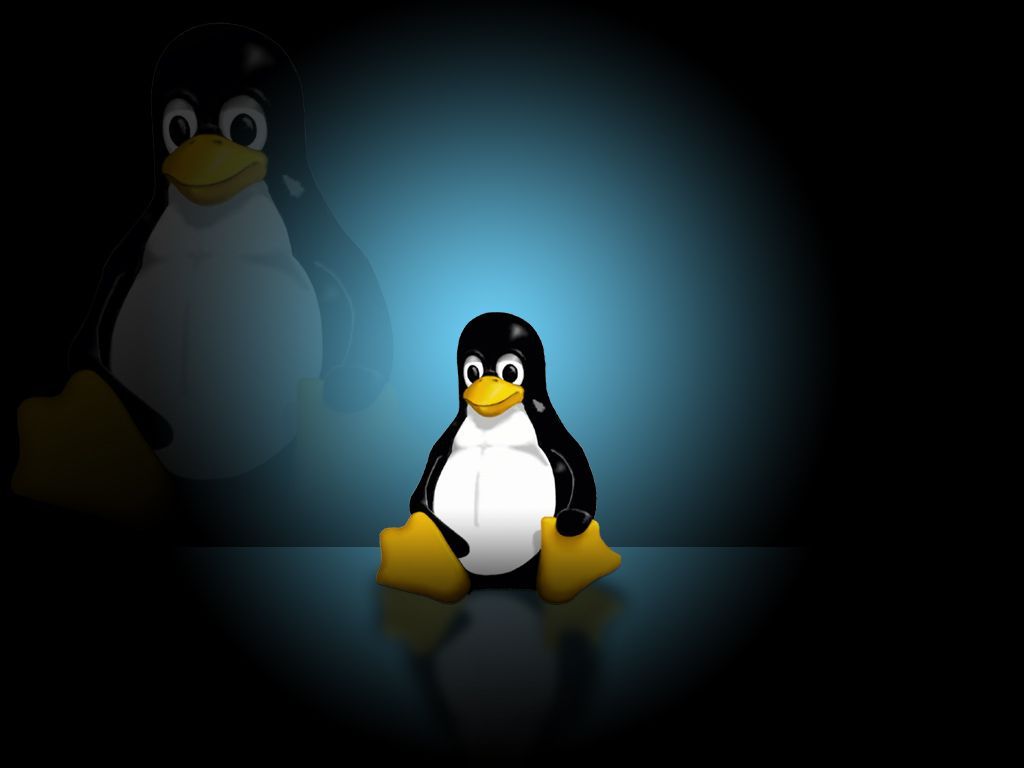We start with the most popular:
Ubuntu | Unity Gnome

Ubuntu is the most popular and used Linux distribution on the Internet. This distribution, based on Debian, is capable of adapting to the needs of each user, so we can make personal use or focus on the server or work in the cloud, this operating system will adapt without problems to what we need.
Recommended for teams with good performance since its latest updates bring with it Unity, which is a graphical environment that requires a lot of resources.
From my point of view, it has become a fairly heavy and demanding Linux distribution on computer resources.
ArchLinux | Cinnamon GNOME

Archlinux has had the reputation since its birth of being a distribution for very advanced users. It has a high degree of customization to tailor the distribution to your needs, but this plays as a double-edged sword since only users with more advanced knowledge can customize it correctly.
For this reason it is a very popular distribution among computer science students, since it forces you to learn.
I recommend it for advanced users or computer science students.
Mageia | KDE

The group of people responsible for the French Linux distribution Mandriva left the company to create a more independent distribution. In this way, Mageia was born, more focused on its Open Source spirit and maintaining a high level of accessibility for the average user.
For many years I used Mandriva and it seemed to me to be one of the best distributions due to its stability and sober design, it is a shame the project was abandoned.
However, I recommend Mageia for novice users who don't want to struggle configuring their Linux distribution
Fedora | KDE and GNOME

If we can talk about quality and stable distributions, Fedora is one of them, with support in many countries and a wide range of users and programmers supporting it. Fedora is, without a doubt, a solid and mature Linux distribution, and it also stands out for its level of security.
In the latest version of Fedora it is adapted for all types of users: Cloud and desktop servers.
Recommended for users who already have a little experience in Linux, I recommend installing it with the KDE desktop.
OpenSUSE | KDE and GNOME - My Favorite!

OpenSuse cannot be characterized as a popular or recognized distribution, but it is the free version of the popular Suse. This distribution is completely stable and lightweight without leaving aside elegant graphic aspects.
Robust and reliable, OpenSUSE remains faithful to the principles on which it was based, as well as attached to the .RPM package format and the KDE desktop
I highly recommend it, I've been using it for a few years and it's my favorite so far.
Medium to advanced level users.
Debian | GNOME

Debian is not only one of the most popular Linux distros, it is also a reference - one of the oldest, since 1993 - on which many others such as Ubuntu are based.
The amount of software available in .deb format, the one used by Debian packages, is spectacular, with this distro you will not be worried if your software is not available, it has a large number of repositories and software.
I recommend Debian for any user, it is solid, stable and comfortable to work with, although a little demanding due to the desktop.
LinuxMint

This distribution is, without a doubt, one of the lightest and easiest to install. The installation process will go smoothly, you won't have to struggle with registering repositories or worrying about some driver not being installed.
It is a mix between Ubuntu and Debian, and its GNOME-based desktop called Cinnamon offers a different work environment.
I recommend it for computers that do not have very sophisticated hardware.
If you have questions about this information, write to me.
giovani.cervantes@masclicks.com.mx







